Vera C. Rubin Observatory:
Ushering a New Era of TDA
Federica Bianco
(she / her)
University of Delaware
Department of Physics and Astronomy
Biden School of Public Policy and Administration
Data Science Institute
Rubin Legacy Survey of Space and Time
Construction Project Deputy Project Scientist
slides available at
This is a living land acknowledgement developed in consultation with tribal leadership of Poutaxet, what is now known as the “Delaware Bay,” including: the Lenape Indian Tribe of Delaware, the Nanticoke Indian Tribe, and the Nanticoke Lenni-Lenape Tribal Nation in 2021. We thank these leaders for their generosity.


The University of Delaware occupies lands vital to the web of life for Lenni Lenape and Nanticoke, who share their ancestry, history, and future in this region. UD has financially benefited from this regional occupation as well as from Indigenous territories that were expropriated through the United States land grant system. European colonizers and later the United States forced Nanticoke and Lenni Lenape westward and northward, where they formed nations in present-day Oklahoma, Wisconsin, and Ontario, Canada. Others never left their homelands or returned from exile when they could. We express our appreciation for ongoing Indigenous stewardship of the ecologies and traditions of this region. While the harms to Indigenous people and their homelands are beyond repair, we commit to building right relationships going forward by collaborating with tribal leadership on actionable institutional steps.


The Vera C. Rubin and the Legacy Survey of Space and Time

LSST Science Drivers
Probing Dark Energy and Dark Matter


LSST Science Drivers
Taking an inventory of the solar system
from threatening NEO to the distant Oort Cloud


image credit ESO-Gaia
LSST Science Drivers
Mapping the Milky Way (and Local Volume)
LSST Science Drivers
image credit: ESA-Justyn R. Maund
Exploring the Transients and Variable Universe
10M alerts every night shared with the world
60 seconds after observation
The Rubin Organization is almost as complex as the Universe it will explore!


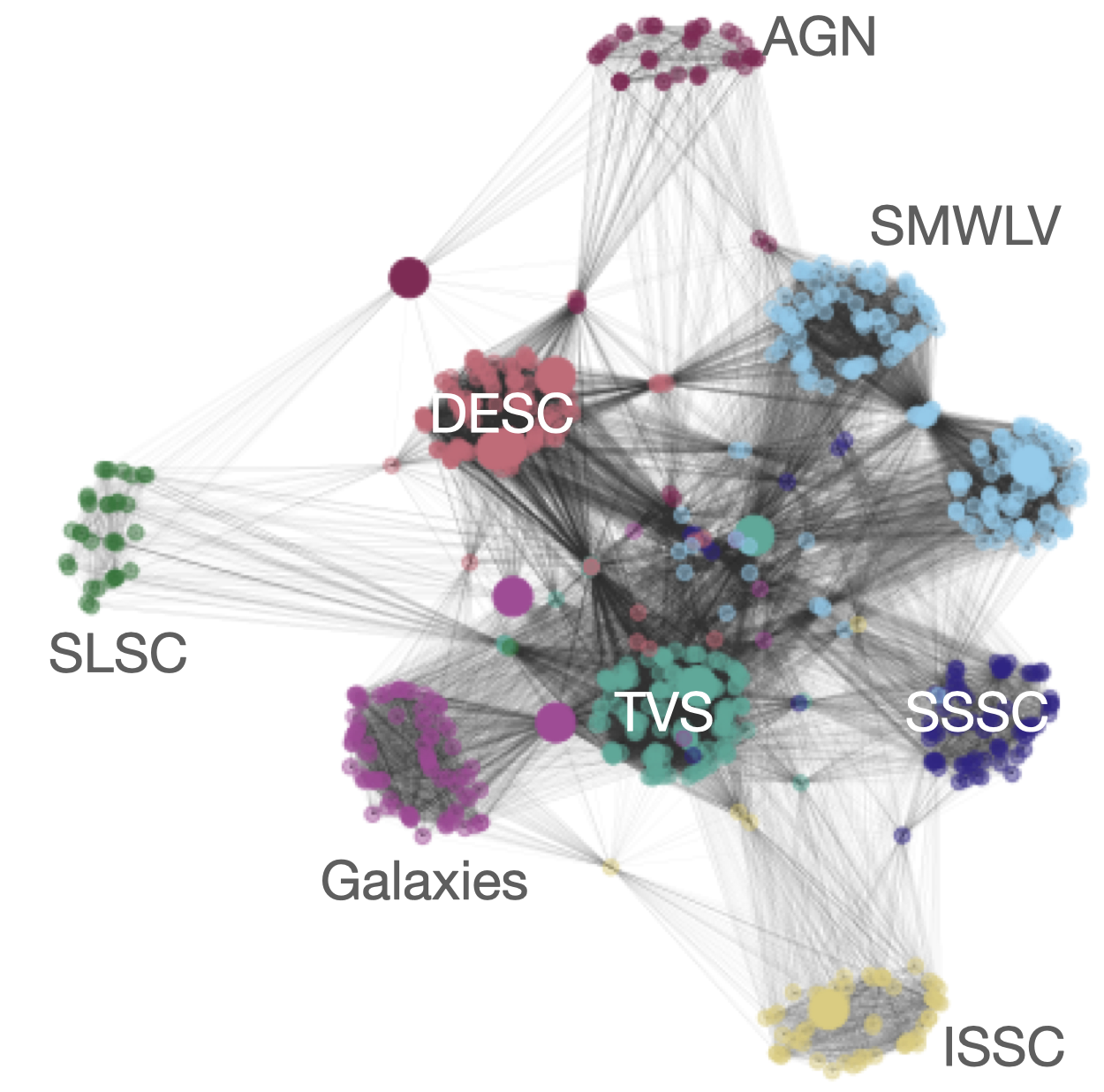
Rubin LSST Science Collaborations
federica bianco - fbianco@udel.edu

@fedhere
8 teams
>1500 members
>2000 affiliations
5 continents


Rubin LSST Science Collaborations
federica bianco - fbianco@udel.edu
Active Galactic Nuclei SC
Dark Energy SC
Informatics and Statistics SC
Galaxies SC
Strong Lensing SC
Stars Milky Way Local Volume SC
Solar System SC
Transients and Variable Stars SC
Rubin LSST Science Collaborations
federica bianco - fbianco@udel.edu
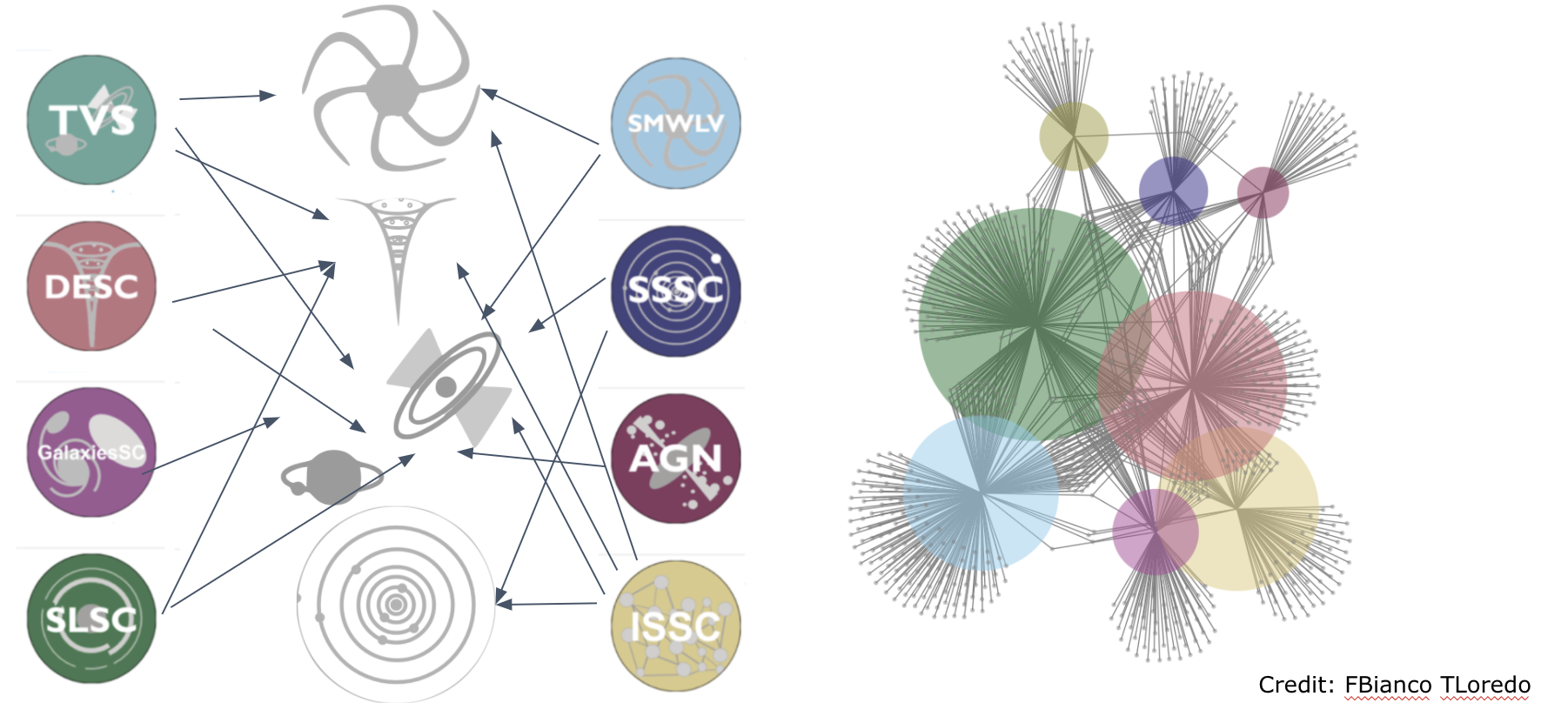





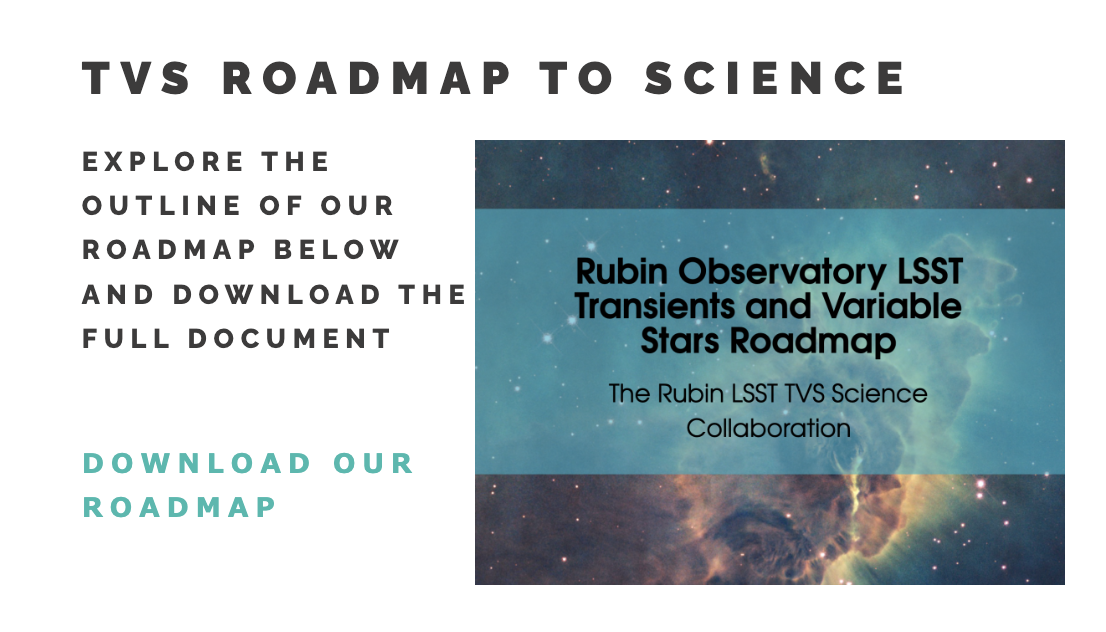
https://arxiv.org/abs/2208.04499 (to be published in PASP)
Rubin LSST Science Collaborations
federica bianco - fbianco@udel.edu



federica bianco - fbianco@udel.edu
world public!

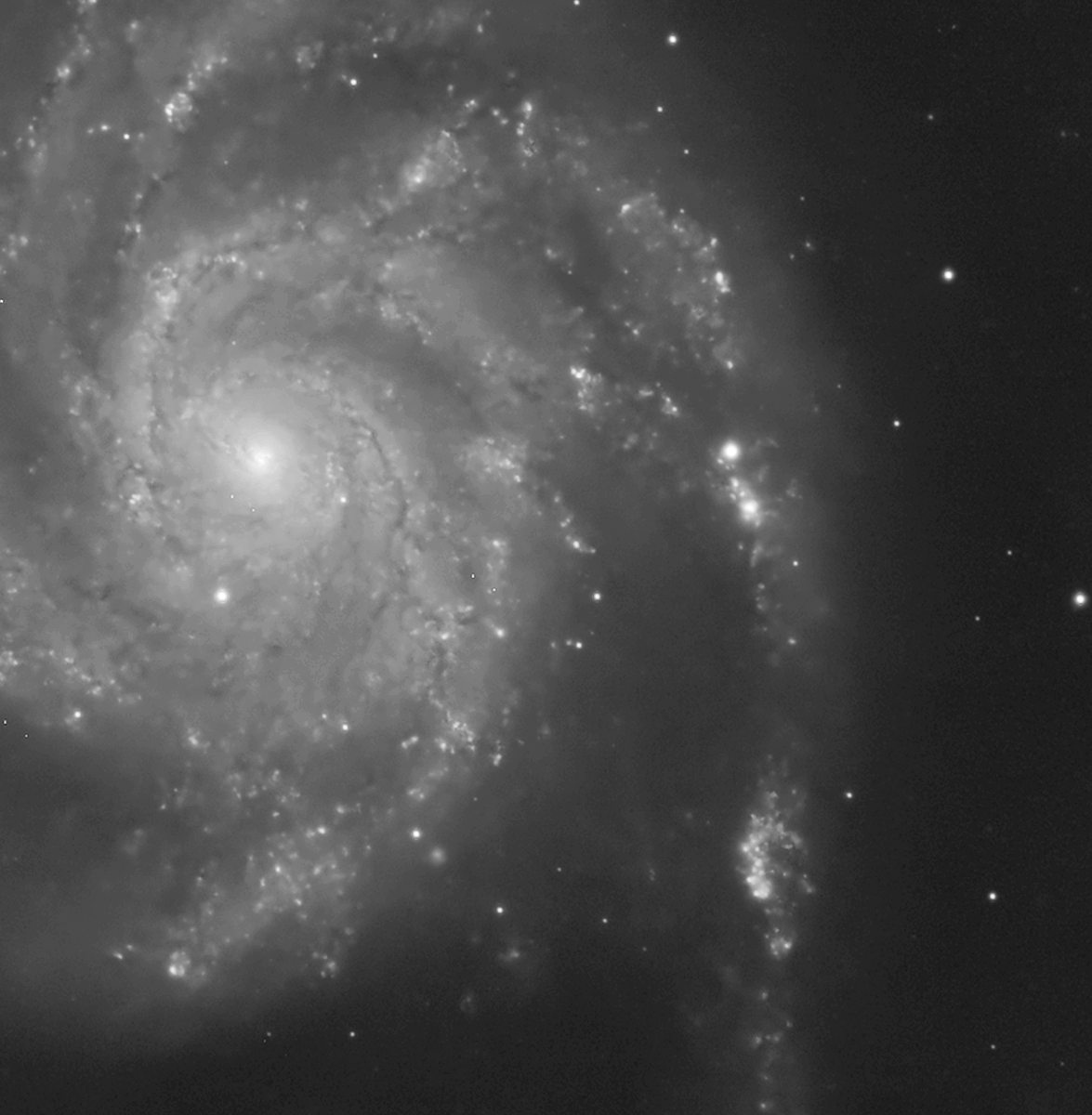
federica bianco - fbianco@udel.edu
world public!

federica bianco - fbianco@udel.edu

@fedhere
world public!

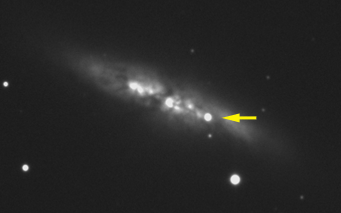
Vera C. Rubin Observatory
May 2022 - Telescope Mount Assembly
The DOE LSST Camera - 3.2 Gigapixel
Camera and Cryostat integration completed at SLAC in May 2022,
Shutter and filter auto-changer integrated into camera body
Pre-Ship Review ongoing at SLAC
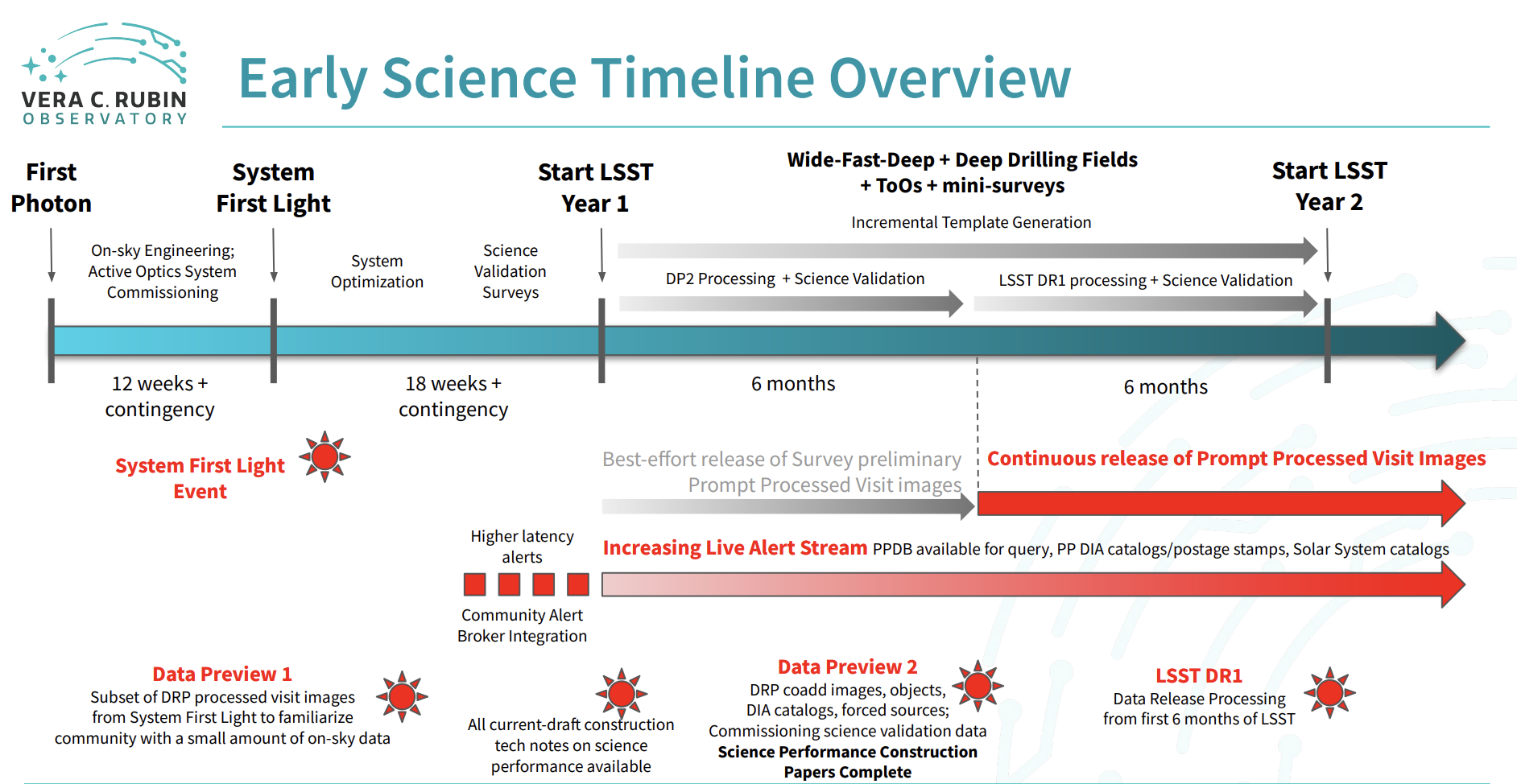
First Photon forecasted for July 2024 (+ contingency)
LSST time domain data products
Data Products

federica bianco - fbianco@udel.edu



world public!

First Photon forecasted for July 2024
LSST Data Volume:
from novelty to statistical samples
from unknown to discovered
From novelty to statistical samples
~1000 images per night
10M alerts per night (5sigma changes)
17B stars 30B galaxies Ivezic+19
~10 million QSO Mary Loli+21
∼200 quadruply-lensed quasars Minghao+19
~50 kilonovae Setzer+19, Andreoni+19 (+ ToO)
~1000 SNe every night in the LSST sky
(10K/year) LSST SCs 2009
Rubin Transients by the numbers

~1000 images per night
10M alerts per night (5sigma changes)
17B stars 30B galaxies Ivezic+19
∼200 quadruply-lensed quasars Minghao+19
~50 kilonovae Setzer+19, Andreoni+19 (+ ToO)
>10 interstellar objects
~10k SuperLuminous Supernovae Villar+ 2018
~ 50k Tidal Disruption Events Brickman+ 2020
~10 million QSO Mary Loli+21
~1000 SNe every night in the LSST sky
~1000 images per night
10M alerts per night (5sigma changes)
17B stars 30B galaxies Ivezic+19
∼200 quadruply-lensed quasars Minghao+19
~50 kilonovae Setzer+19, Andreoni+19 (+ ToO)
~1000 SNe every night in the LSST sky
(10K/year) LSST SCs 2009
Rubin Transients by the numbers

From novelty to statistical samples
~1000 images per night
10M alerts per night (5sigma changes)
17B stars 30B galaxies Ivezic+19
∼200 quadruply-lensed quasars Minghao+19
~50 kilonovae Setzer+19, Andreoni+19 (+ ToO)
>10 interstellar objects
~10k SuperLuminous Supernovae Villar+ 2018
~ 50k Tidal Disruption Events Brickman+ 2020
~10 million QSO Mary Loli+21
~1000 SNe every night in the LSST sky
~1000 images per night
10M alerts per night (5sigma changes)
17B stars 30B galaxies Ivezic+19
∼200 quadruply-lensed quasars Minghao+19
~50 kilonovae Setzer+19, Andreoni+19 (+ ToO)
>10 interstellar objects
~10k SuperLuminous Supernovae Villar+ 2018
~ 50k Tidal Disruption Events Brickman+ 2020
Rubin Transients by the numbers

New stress on the infrastructure
~1000 images per night
10M alerts per night (5sigma changes)
17B stars 30B galaxies Ivezic+19
∼200 quadruply-lensed quasars Minghao+19
~50 kilonovae Setzer+19, Andreoni+19 (+ ToO)
>10 interstellar objects
~10k SuperLuminous Supernovae Villar+ 2018
~ 50k Tidal Disruption Events Brickman+ 2020
~10 million QSO Mary Loli+21
~1000 SNe every night in the LSST sky
federica bianco - fbianco@udel.edu

@fedhere
Rubin will see ~1000 SN every night!
Credit: Alex Gagliano University of Illinois, IAIFI fellow 2023

LSST has profoundly changed the TDA infrastructure
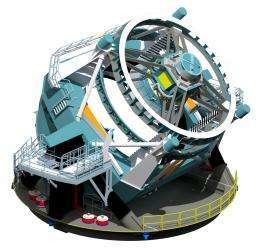
Discovery Engine
10M alerts/night

Community Brokers



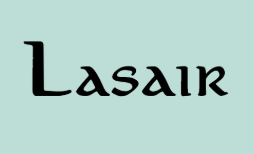
target observation managers



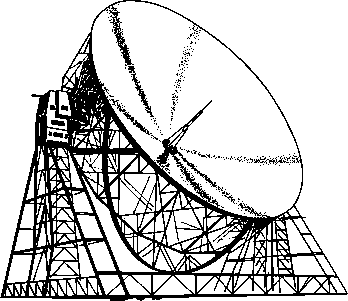


the astronomy discovery chain
federica bianco - fbianco@udel.edu
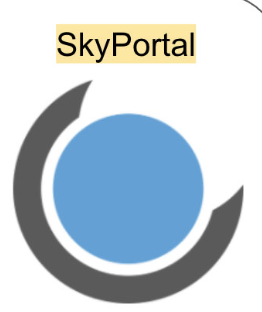


Pitt-Google
Broker
BABAMUL
Photometric Classification
federica bianco - fbianco@udel.edu

@fedhere
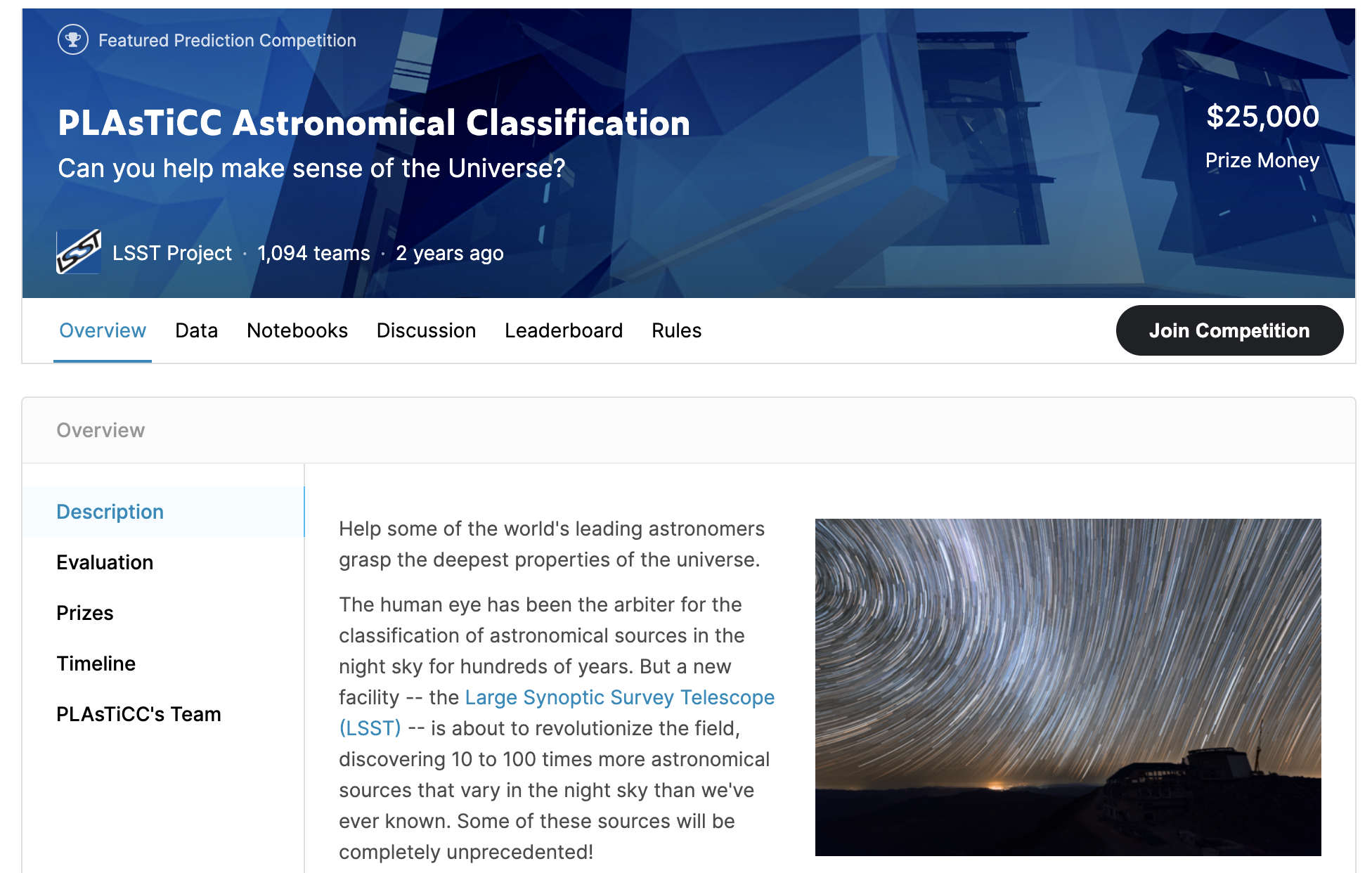
Dark Energy Science Collaboration
(DESC)
+
Transients and Variable
Science Collaboration
(TVS SC)


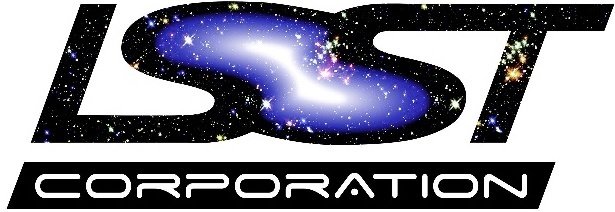



Deep Drilling Fields Data
Wide Fast Deep
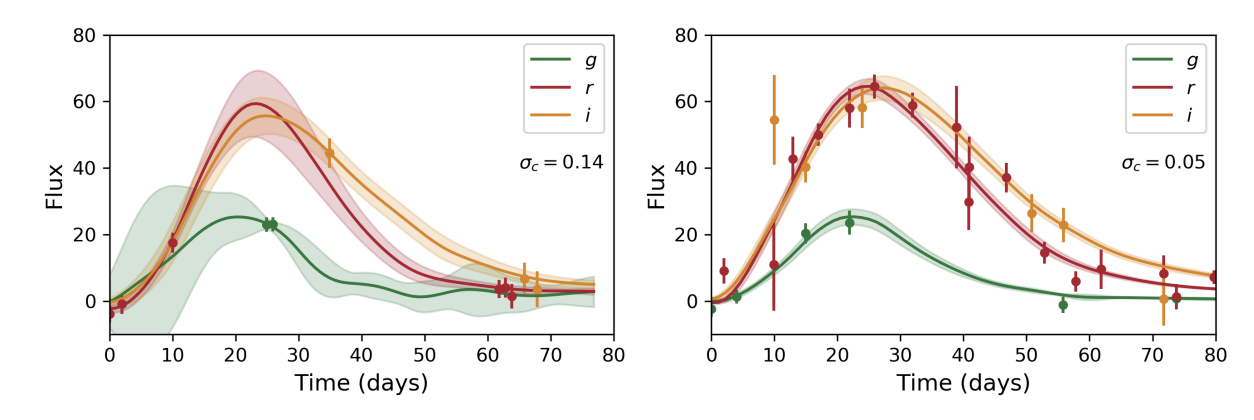
Lochner et al 2018

federica bianco - fbianco@udel.edu

@fedhere
Time
Domain
Science
Static
Science
Alerts based
Catalog based
Deep stack
based
Deep stack
based
federica bianco - fbianco@udel.edu

@fedhere
Time
Domain
Science
Static
Science
Alerts based
Catalog based
Deep stack
based
Time
Domain
Science
Static
Science

AGN

STRONG
LENSING
50M+ AGNs to z~7.5
variability, microlensing, binaries
cosmography from Lens Time Delays
calibration of cluster mass function with with S+W Lensing
resolved high z galaxy properties
What time scales can LSST address


most of human history
a never changing sky
cepheid


circa 1900
cepheid



cepheid

cepheid

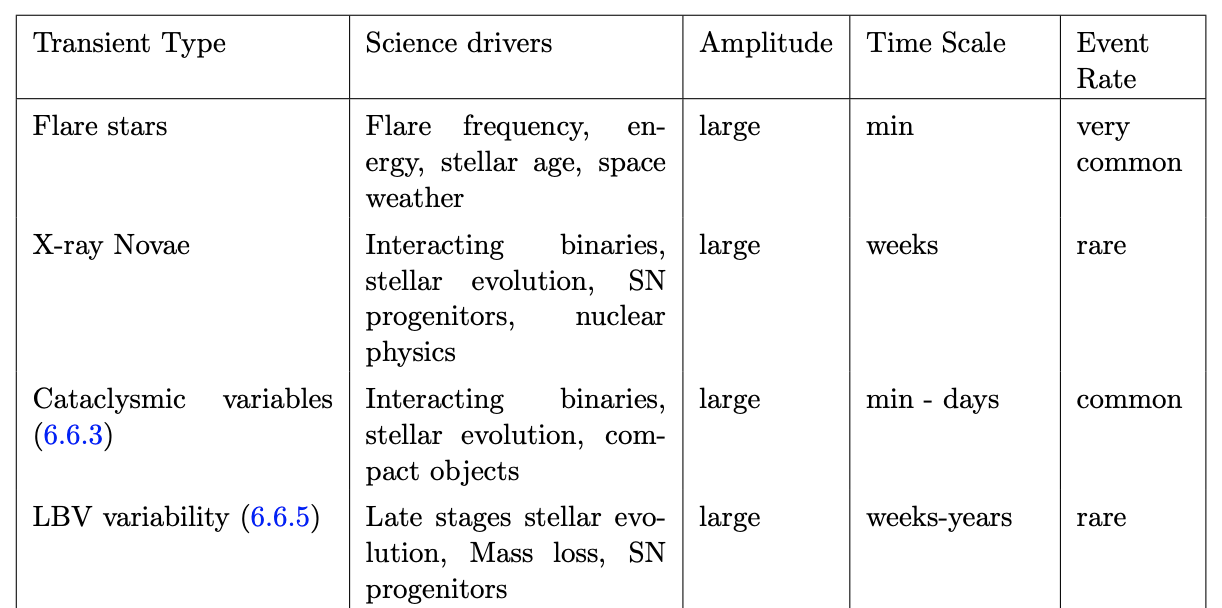





LSST survey strategy optimization


Rubin LSST survey design
Rubin LSST survey design
(current plan)

26.9
28.1
coadd 5σ depth
source http://astro-lsst-01.astro.washington.edu:8080/?runId=2

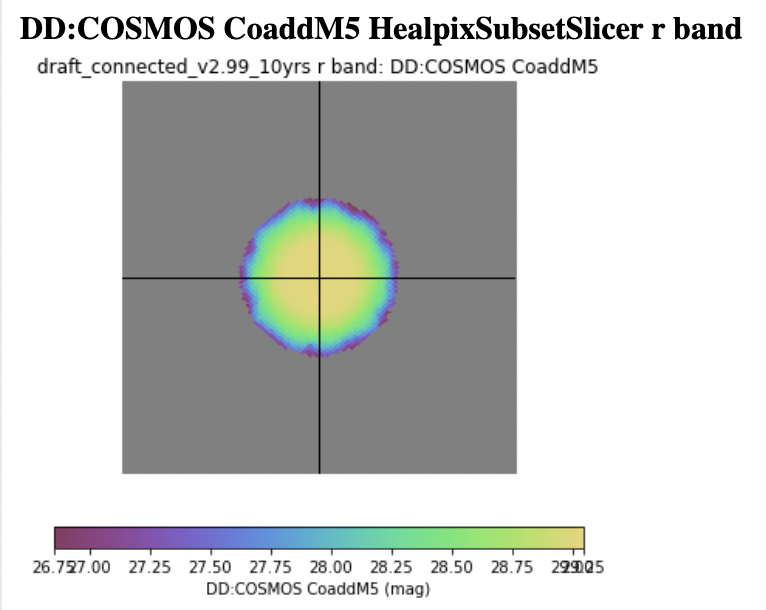
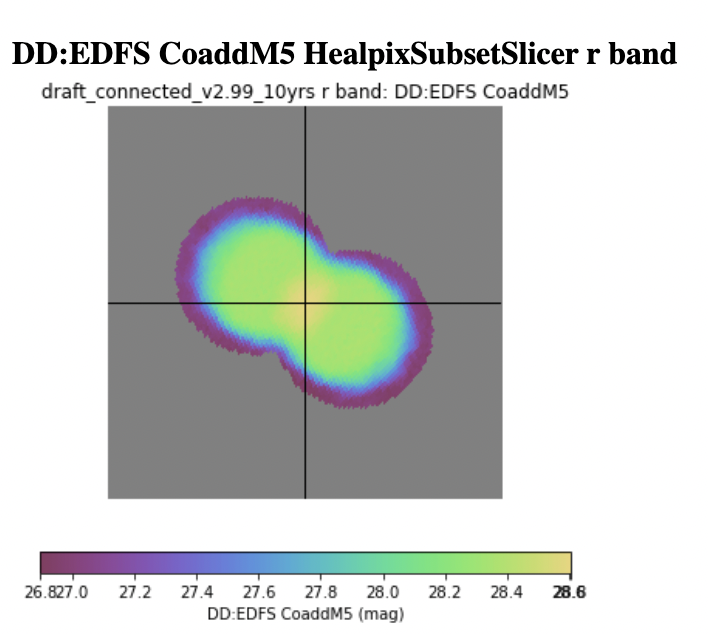
26.8
29.05
28.6
26.8
Rubin LSST survey design
(current plan)
Rubin LSST survey design
(current plan: 3% of the LSST time devoted to ToO)

@fedhere
Rubin can find the electromagnetic counterpart of Gravitational Wave and Neutrino discoveries better than any survey!


LIGO/VIRGO area of localization ~100deg square
Ursa Minor contains 255.86 square degrees
Rubin FoV 10 deg
S190425z 18% of the sky localization
2024 workshop organized by Andreoni + Margutti
Rubin LSST survey design
Rubin has involved the community to an unprecedented level in survey design this is a uniquely "democratic" process!
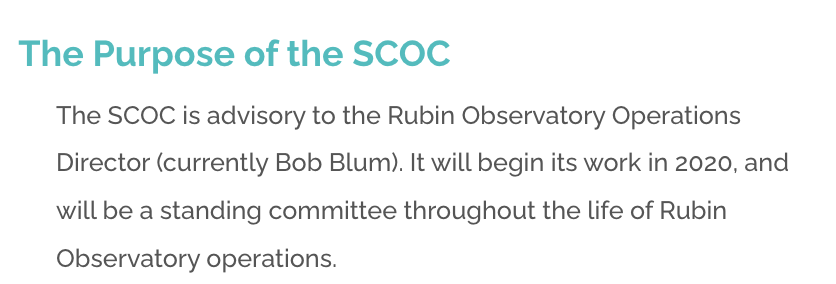
2015-17
2018
2021
Call for white papers -> 46 community submissions
467 unique authors | +16 simulations
Call for "cadence notes" -> 46 community submissions
218 unique authors | 173 simulations
Community Observing Strategy Evaluation Paper (COSEP, Marshall et al. 2017)
9 chapters 25 science cases 14 LSST simulations
The community received indispensable support from
- LSSTCorporation Enabling Science Program
(supporting small projects and fellowships)
- Heising-Simons Fundation
($1M to the SCs + smaller grants to support workshops over time)
Survey Cadence Optimization Committee
Rubin LSST survey design
2015-17
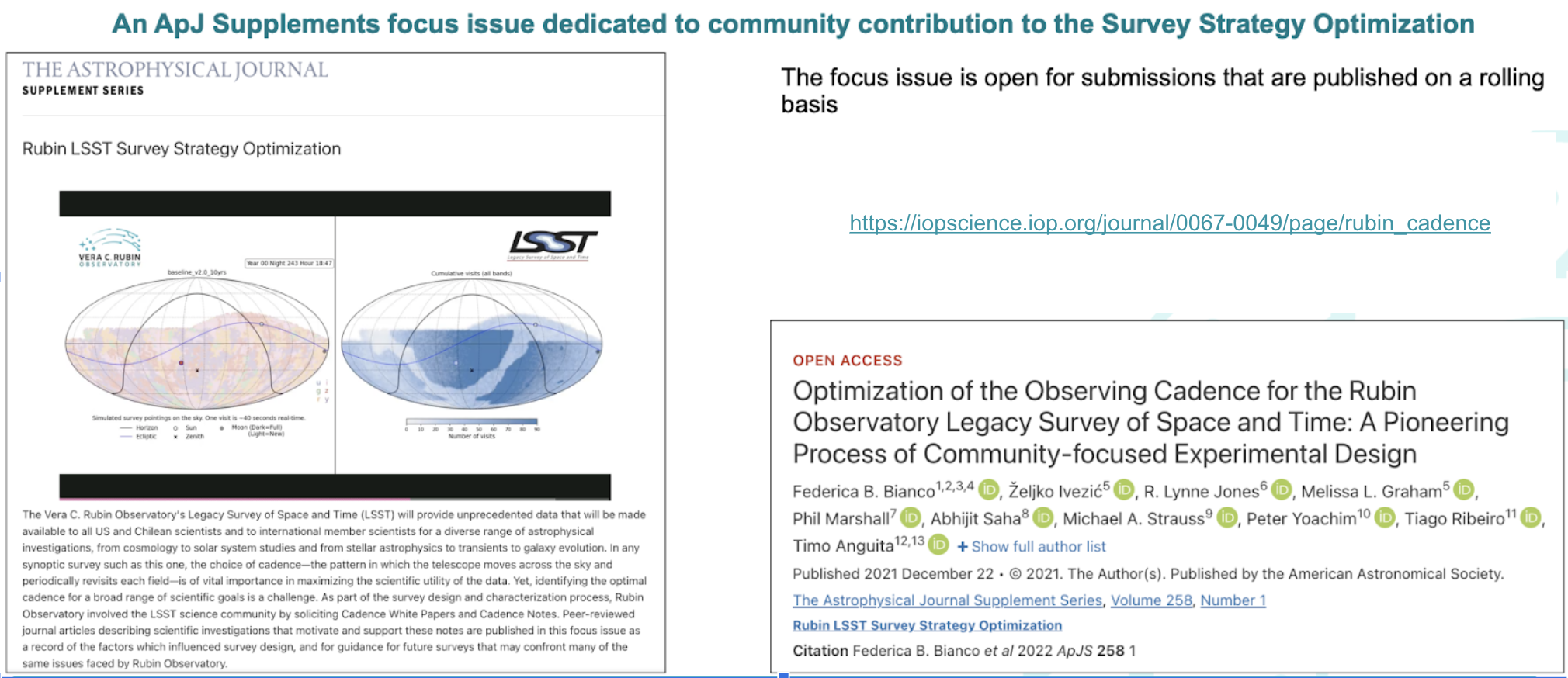

20 peer review papers accepted
several more under review and in preparation
Supernovae
Kilonovae
Blazars
AGN
Variable stars
YoungStellarObjects
PulsatingStars
TidalDisruptionEvents
TD anomalies+unknowns
...
Key development needs (my opinion)
TDA is resource intense
Equitable Access Needs Resources
support training a diverse workforce
recognize technical contributions
enable access to tool (open science)
support preparatory work


Rubin DEI activities
https://www.lsst.org/about/dei
Thomas, S. J., et al. (2022), Observatory Operations: Strategies, Processes, and Systems IX, 12186, 1218607.
Science Collaborations activities (e.g.)
Micro- and meso-lensing for stellar physics
- detect microlensing events where both the lens and source lie in the Magellanic Clouds, and explore stellar and stellar remnant populations in another galaxy.
- LSST will investigate the mass distribution offaint objects in the local neighborhood, such as low mass dwarfs, stellar remnants, andfree-floating planets.
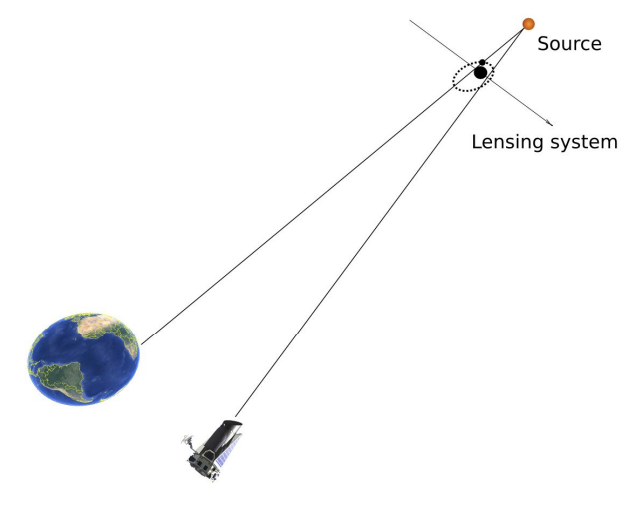
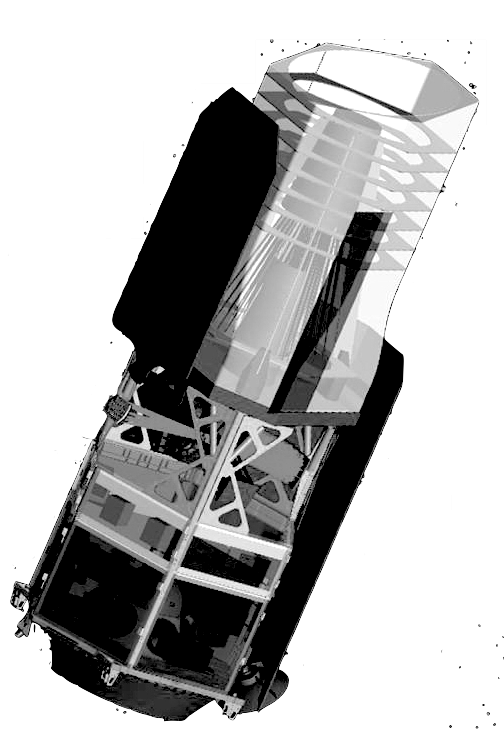

Survey coordination
(one example)
Rubin + Roman
TVS Roadmap
Humbleton et al 2022
thank you!
University of Delaware
Department of Physics and Astronomy
Biden School of Public Policy and Administration
Data Science Institute

@fedhere
federica bianco